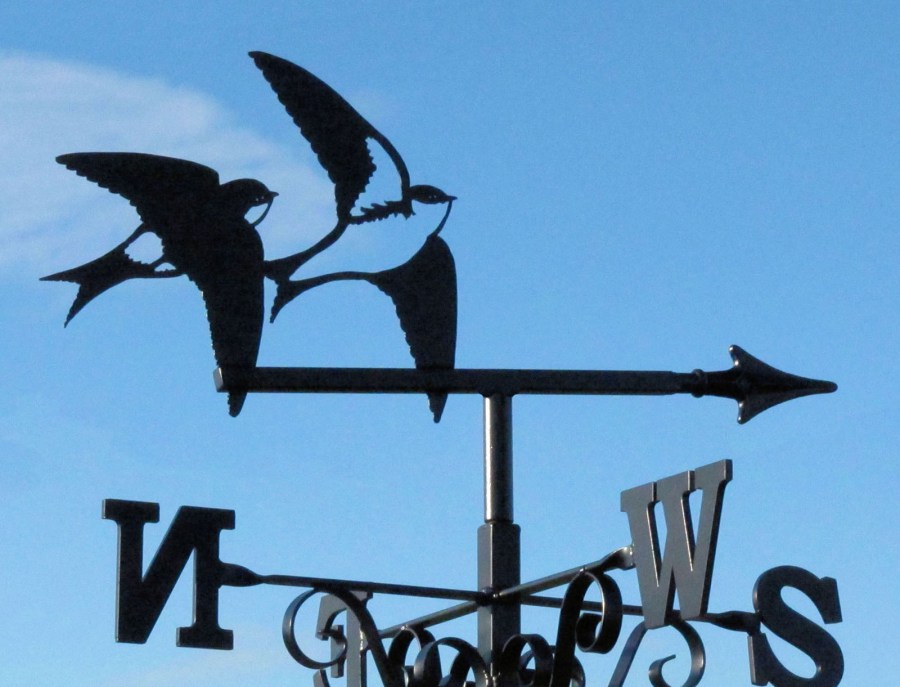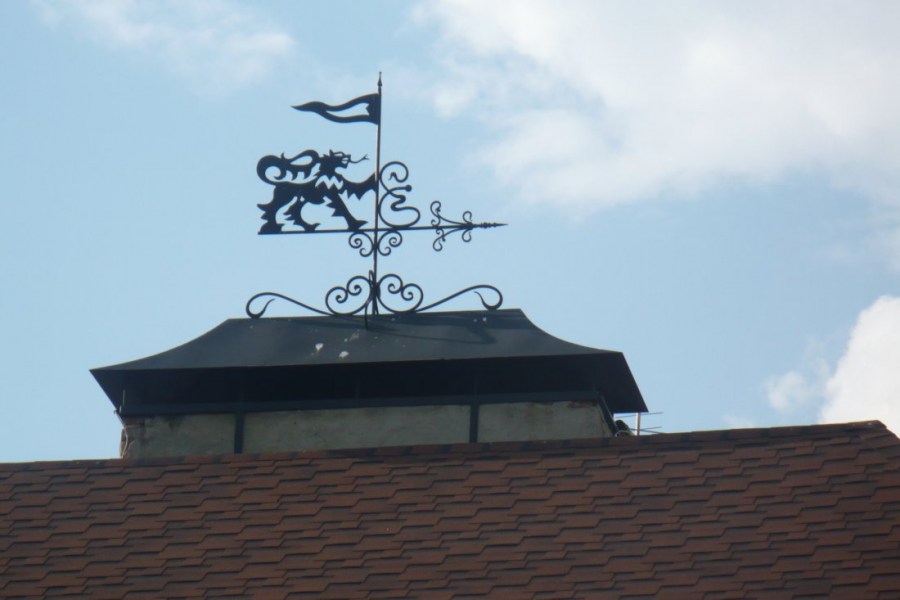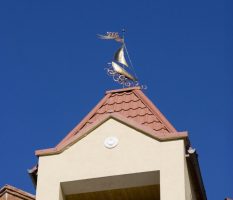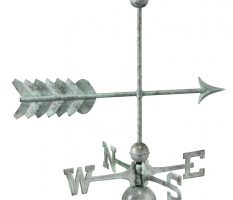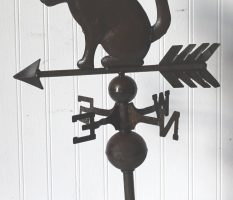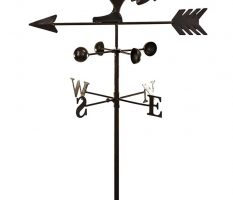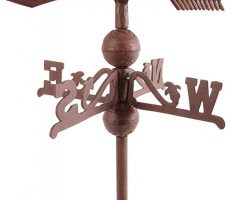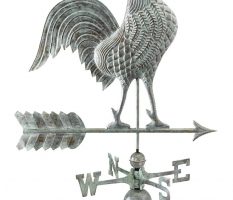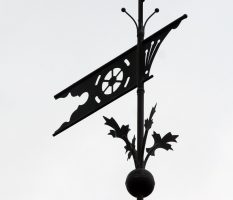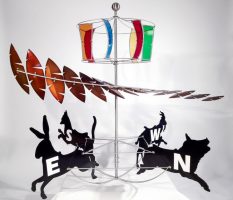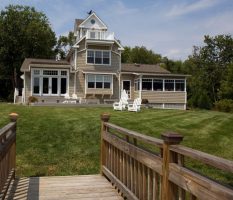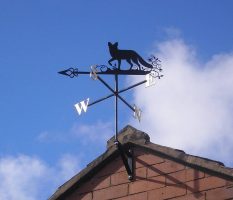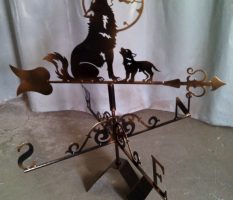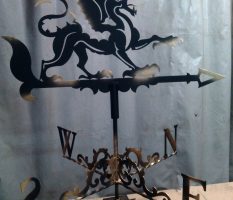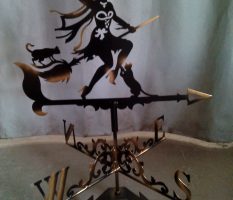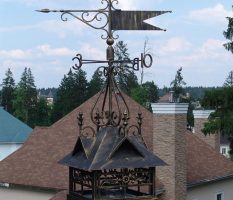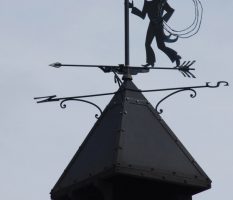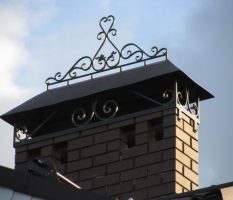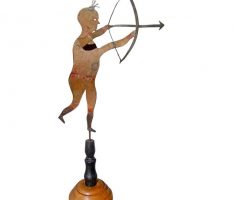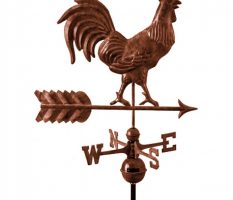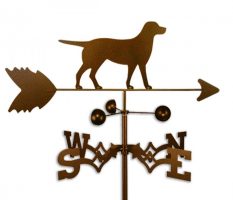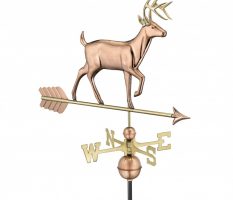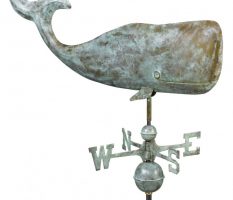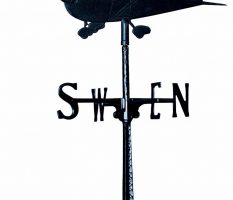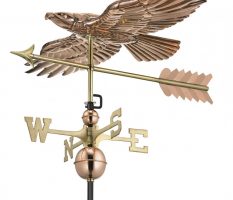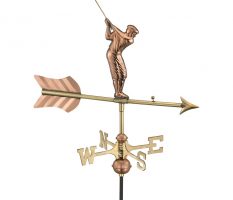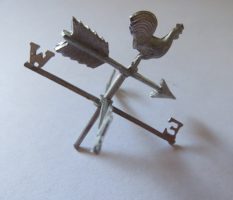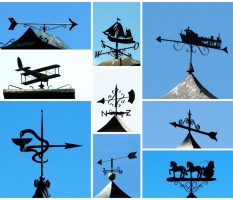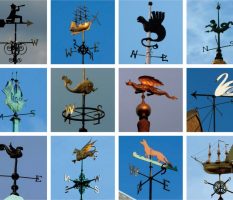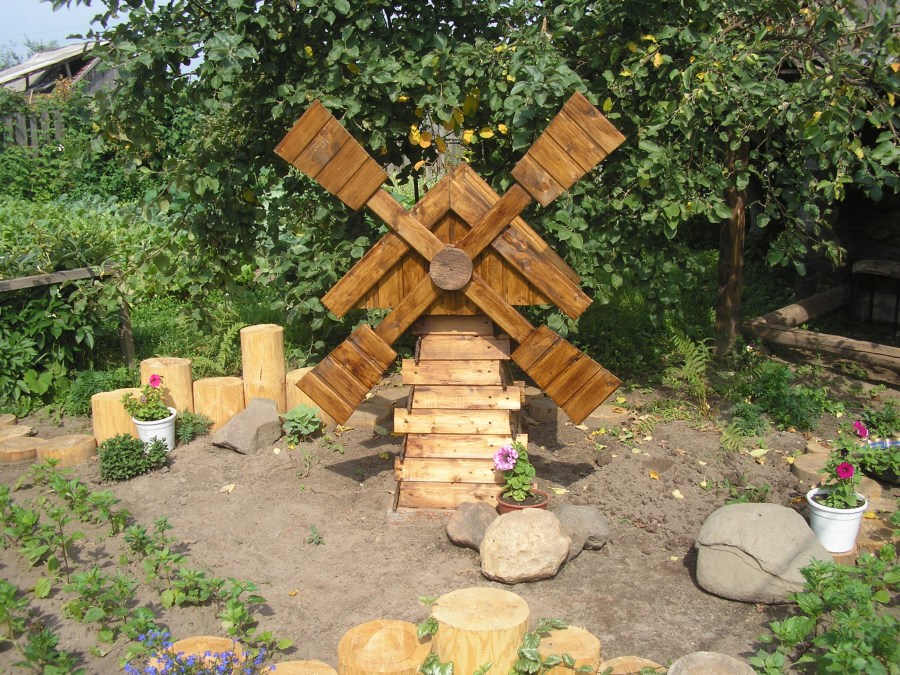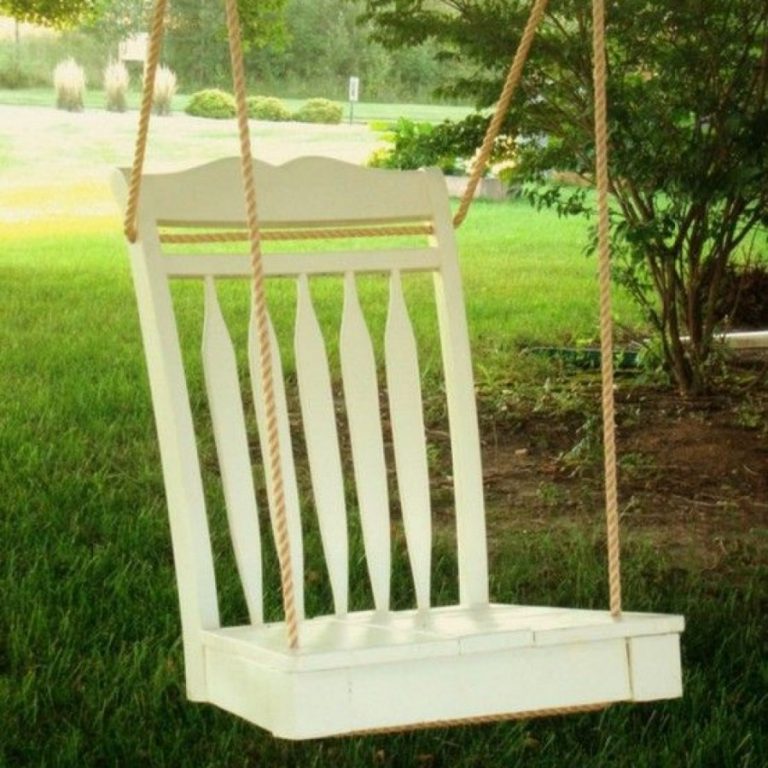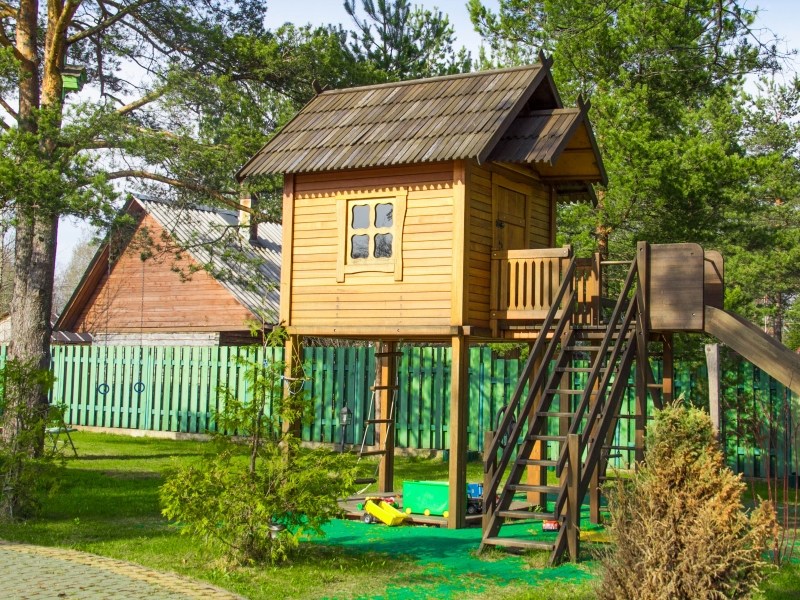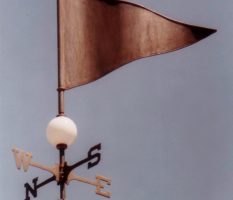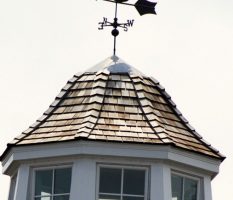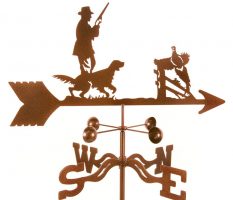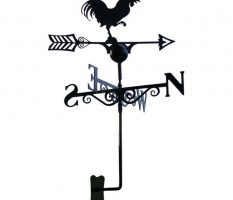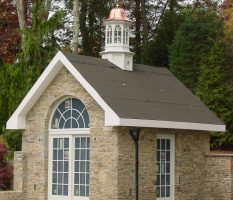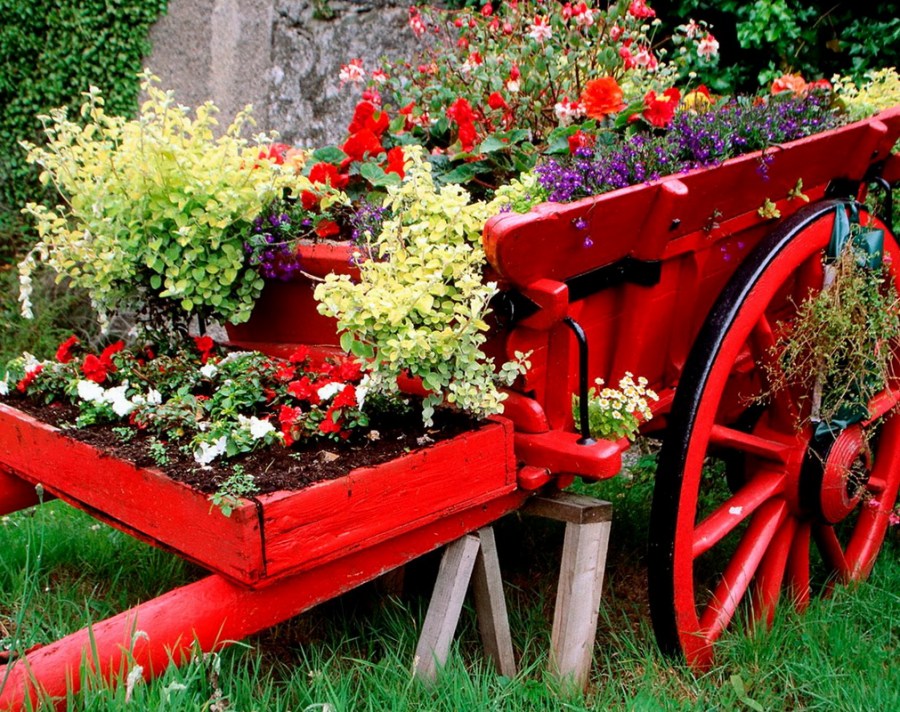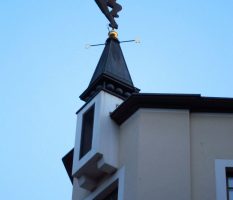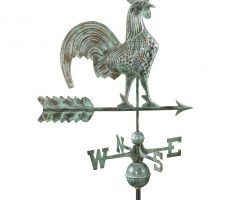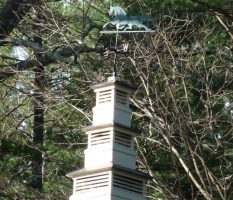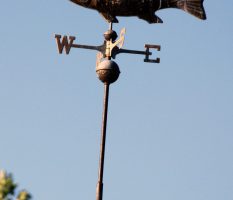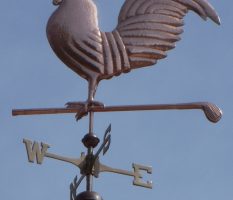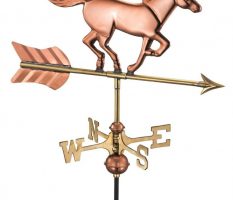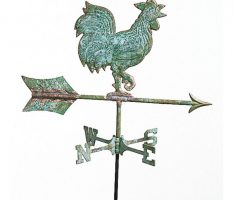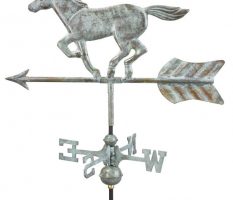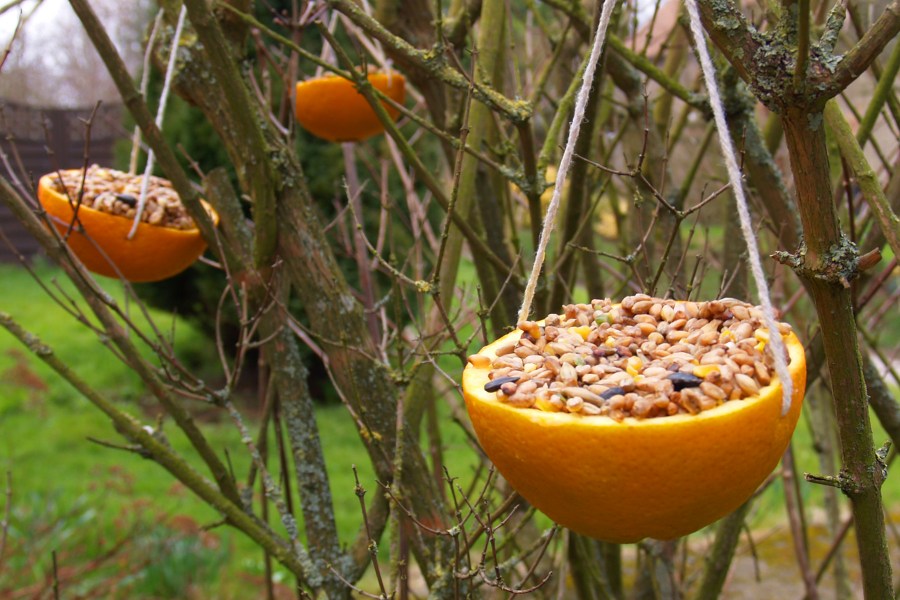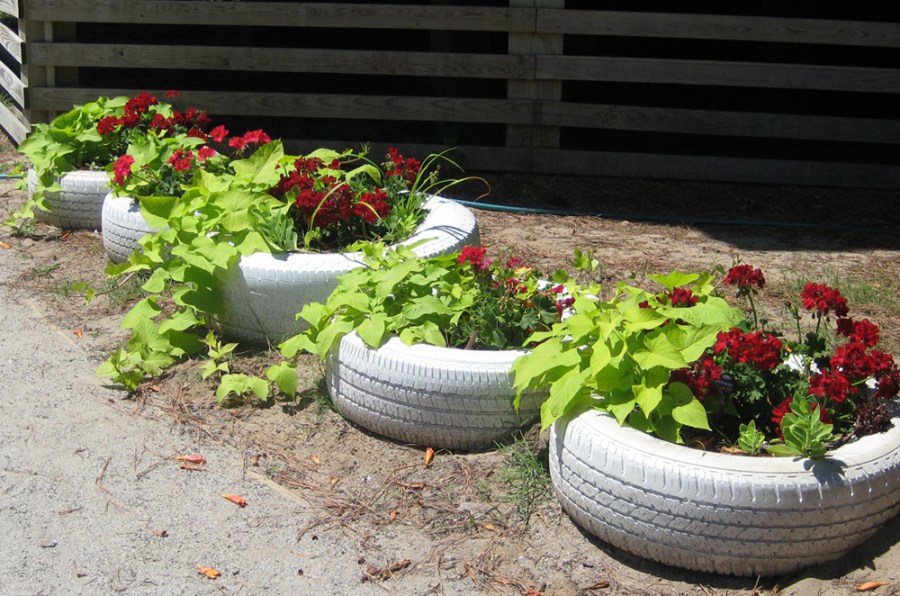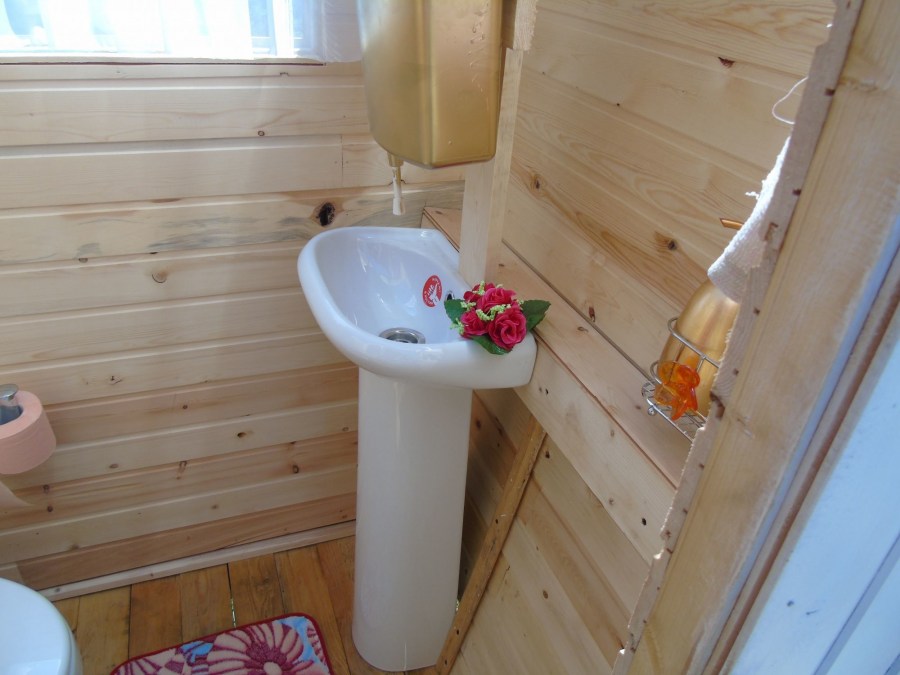Weather vane - how to make a beautiful design element with your own hands (65 photos)
For the first time known to modern historians, a weather vane appeared in the ancient Greek city of Athens in the forty-eighth year BC. He crowned the roof of the eight-sided Tower of the Winds twelve meters high, built by the astronomer Andronicus of Cyrus, and depicted a figure of a deity named Triton, with a human appearance and a fish tail.
Later, a practical fixture became the main part of marine vessels. Its ship version was a flag attached to the top of the ship’s long mast.
To reduce the sailing time, professional pilots set the necessary sails after determining the direction of the world into which the wind was blowing.
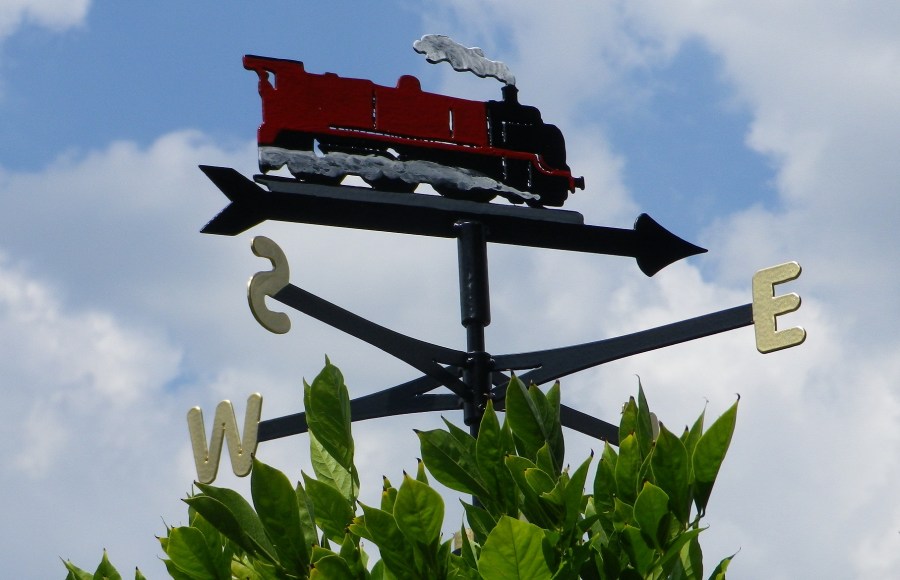
During the Middle Ages, urban chimney sweeps wanted to know the strength of the wind to safely perform their duties. Therefore, they began to fix the weathercocks on the highest pipes. After several centuries, the device in question has become an excellent decorative element for modern country houses.
Experienced designers fix the identifier of winds on a roofing ridge to beautifully decorate the upper part of a residential building. The widespread dissemination of this idea is proved by numerous photos of a weather vane.
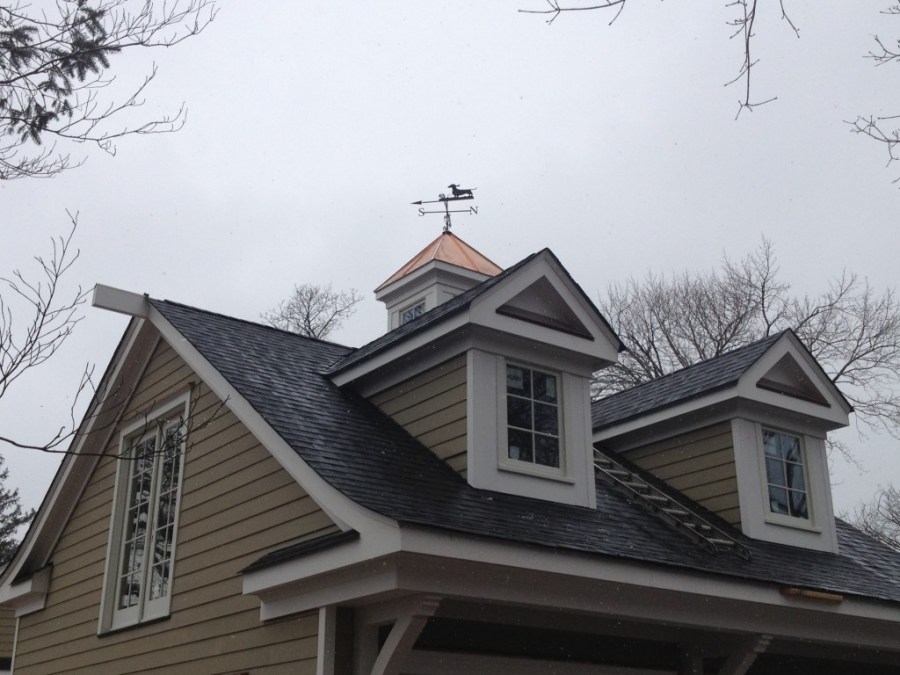
Residents of European cities who appreciated the fashion for equipping high towers with unique products equipped with forged or stamped figures worthy of its optimal decorative properties. The latter serve as talismans, and also symbolize mystery and romance.

This enthusiasm spread to the territory of the Russian Federation. Owners of suburban areas planning to put a weather vane on the roof of their private home will certainly be interested in information about the varieties of such a product. Then their device will certainly stand out among the other options, showing the good taste of summer residents.
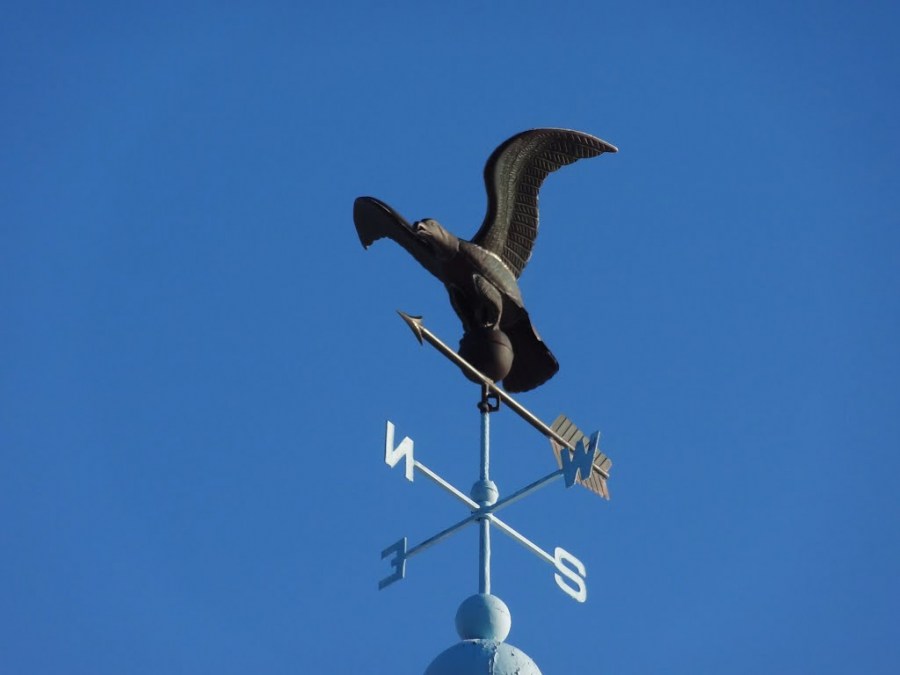
The main types of weathercocks
For the correct distribution of devices by classification categories, specialists use the criterion of functional purpose. Therefore, there are effective devices for
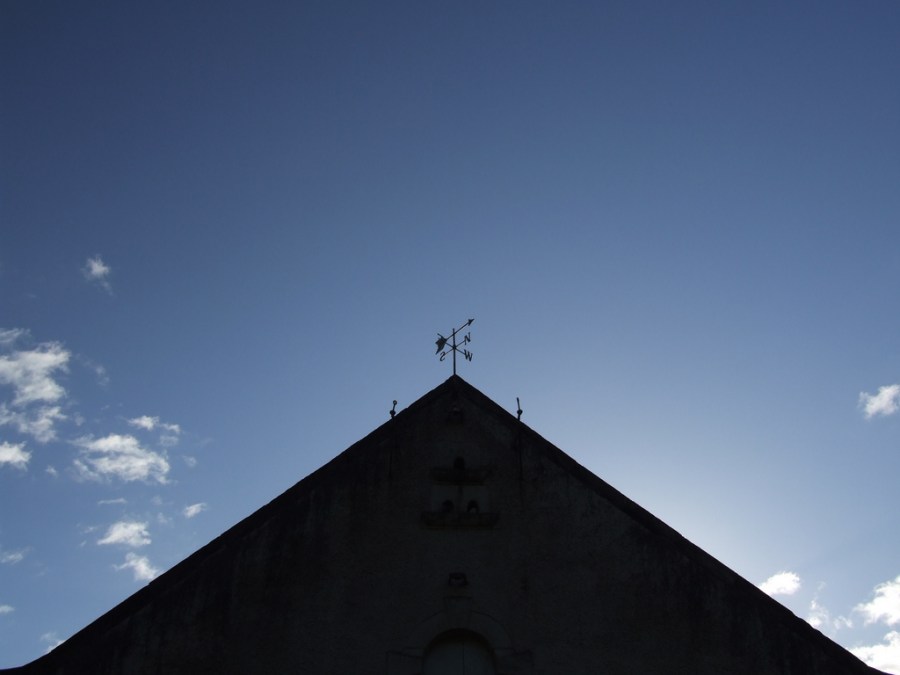
Meteorological goals. Such products are a construction consisting of forged parts. Correctly performed balancing increases the accuracy of determining the directions of the winds, and the appearance of the working element resembles a child’s flag.

To add functionality, you need to attach a special metal plate. It will help to know the strength of the air flow by calculating the angle at which the part bends under the influence of gusts of wind.
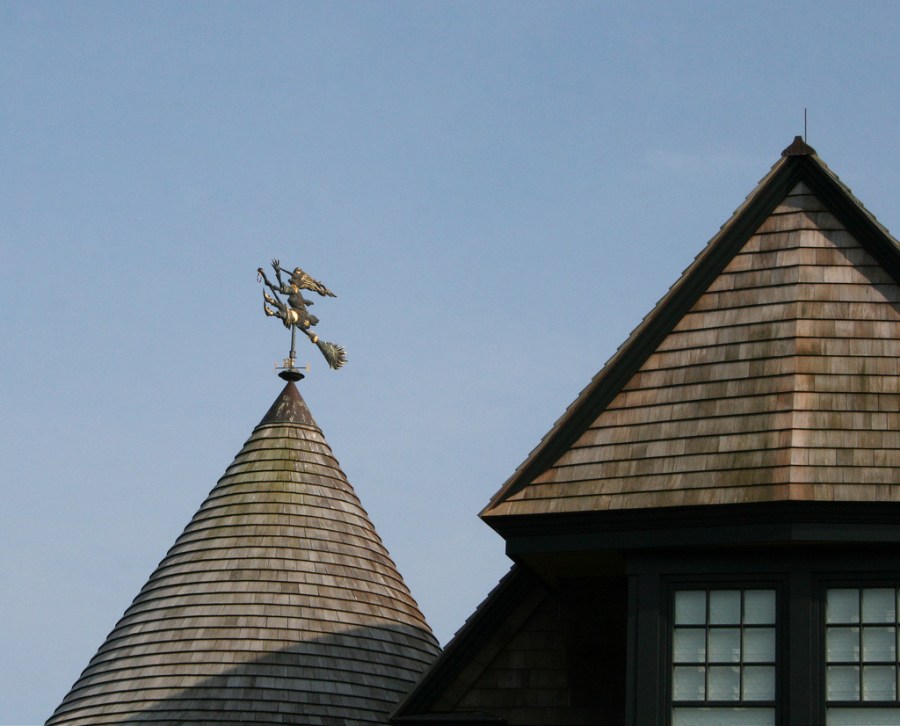
Decorative purposes. The main difference between such products is the lack of moving parts. Design and manufacturing materials are determined by the owner of a private home, focusing on individual preferences when creating an aesthetically attractive roof.
Scaring away birds. The determinant of winds is supplemented by a special propeller that makes unpleasant sounds for birds. Due to this, the roofing can be protected from the accumulation of bird droppings, whose salts destroy the structure of the material.
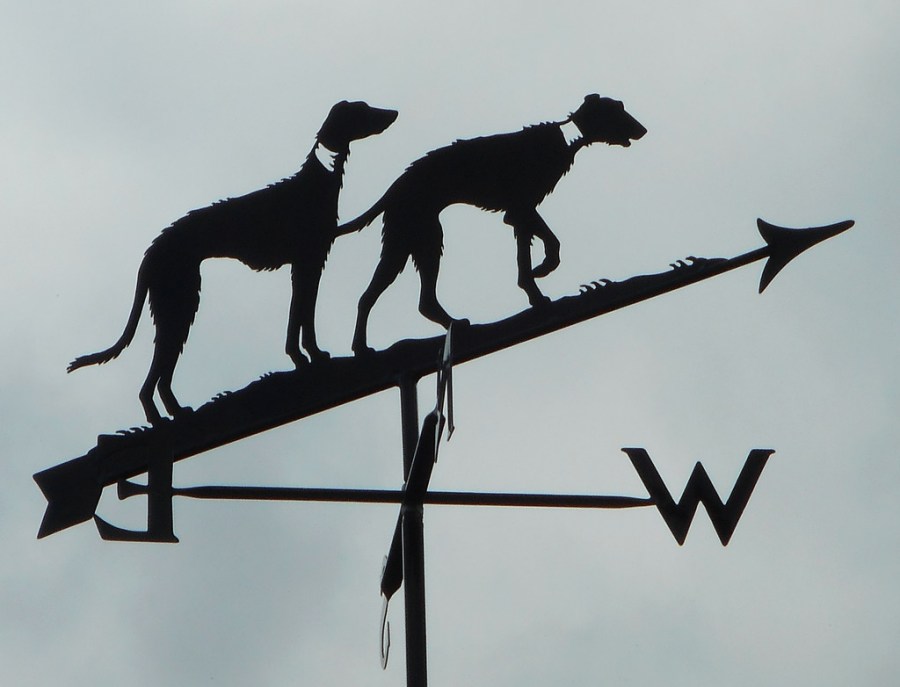
Prevent air backflow into the pipe of the building. A special weather vane is mounted on the chimney above the hole, blocking access to the wind in the solid fuel heating device. It effectively maintains optimal traction, protecting the room from being filled with fuel combustion products.
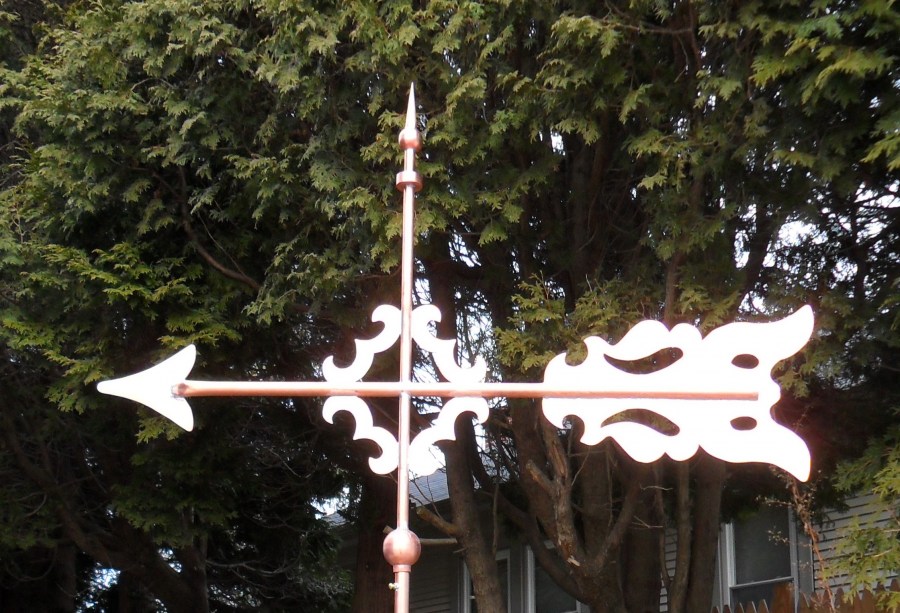
Basic manufacturing materials
Forged weather vans are traditionally used forged metal, while demonstration products are made from wood and the more durable polyvinyl chloride material. Metal products have a simplified design.

Skilled craftsmen decorate the workpiece with some animals. It joins a metal rod, the lower end of which is fixed to the roof of a private building. Dimensions of the decorative part vary from 40 to 70 centimeters. Turning under the control of moving air, she shows the side where the wind blows.
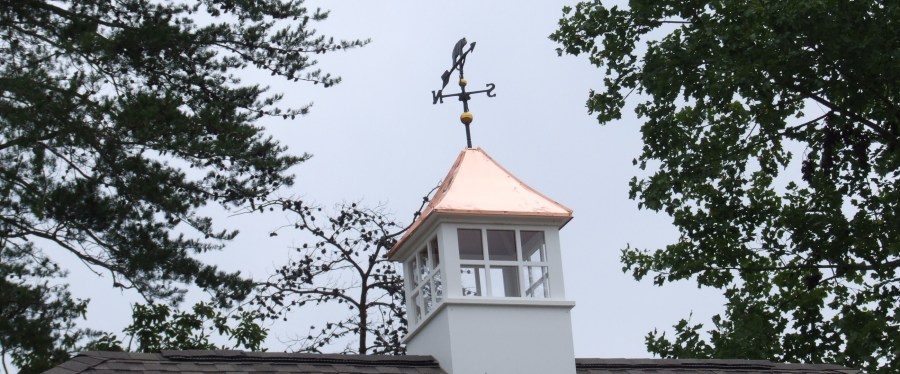
In order for the weather vane on the house to function as correctly as possible, its mounting rod must be placed extremely vertically.
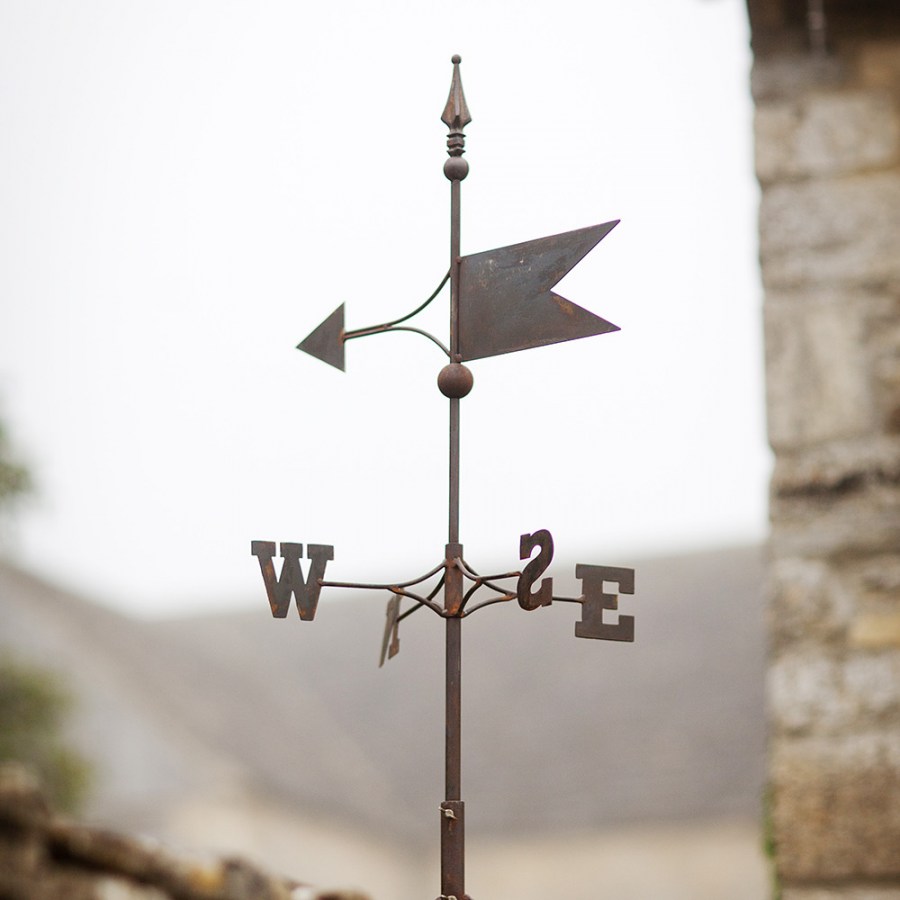
Wooden identifiers are demonstration devices through which specialists teach children names of cardinal points. After installation on the roof, the main material of the devices will quickly collapse under the influence of temperature, ultraviolet radiation and precipitation.
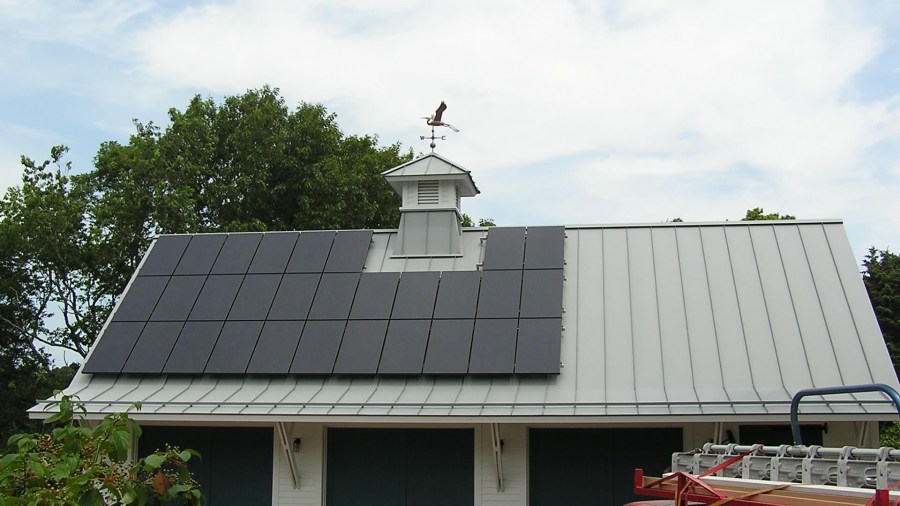
To make a wooden weather vane with your own hands, you need to cut out the main elements from a plywood board. Then they are covered with multi-colored paints and varnishes, treated with deck varnish and assembled into a single structure. Lacquer impregnation for a short period of time will protect the product from adverse factors.

Design features
Modern stores sell classic types of weathercocks made by stamping copper or steel sheet. The curly part is decorated with images of animals or fairy-tale characters with some symbolic meaning.
To ensure the correct determination of the direction of the wind, the design is fixed on the roof according to technological rules, information about which is contained on many Internet sites. The standard structure of the weather vane contains three main elements.
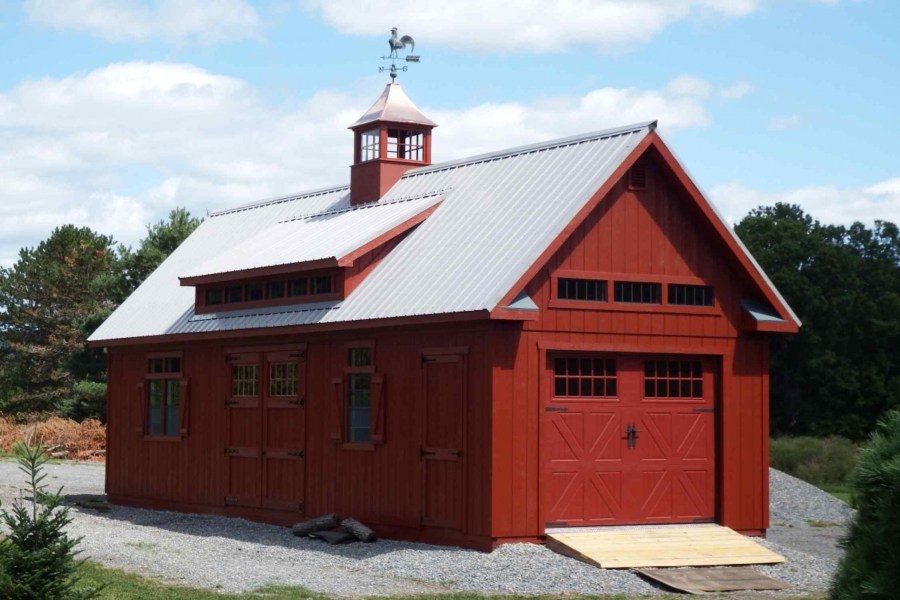
Among them are found:
- A stand used to hold all structural parts, as well as their fixation to the roof.
- Vane, which is a rotating element.
- A pointer to the cardinal points, helping to notice the directions of blowing winds.

Mounting the determinant on the roof ridge
Before the installation process begins, the highest height of the roof structure is determined. When drawing up a weather vane drawing, it is necessary to provide for the presence of fasteners from special sides and plates made of a metal alloy.
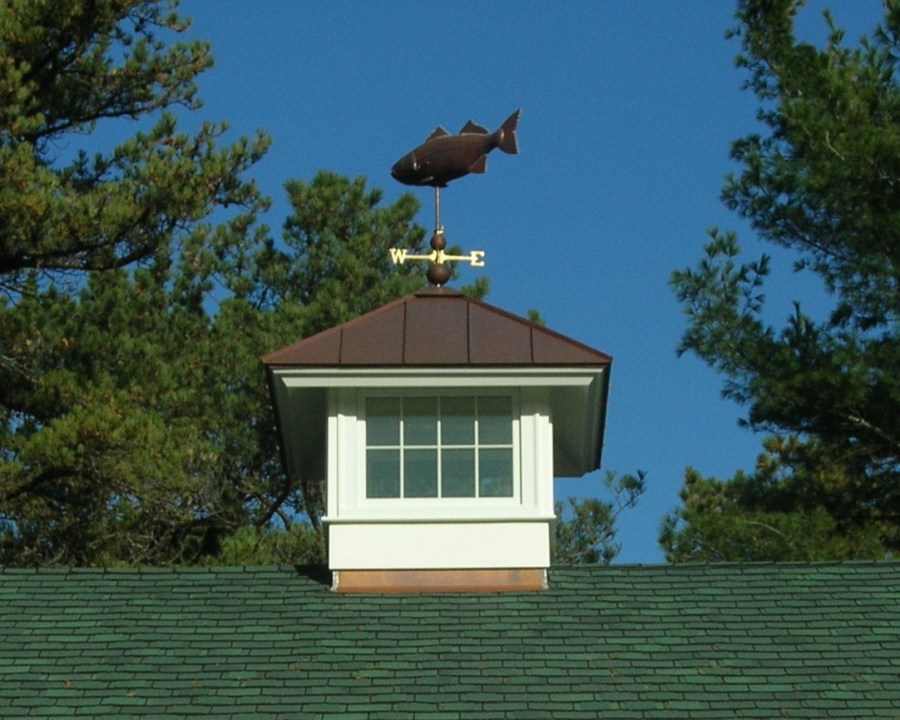
It is installed strictly vertically, and the position of the wind indicators is determined using a compass. Then, a wind vane is fixed on the steel pipe, after which the tube is mounted in a vertically placed rod.

The bearing located at the base of the product helps the pointer to move freely in all directions around its axis. Before installation, this part is treated with protective agents that prevent the ingress of moisture and slow down the rate of corrosion processes.
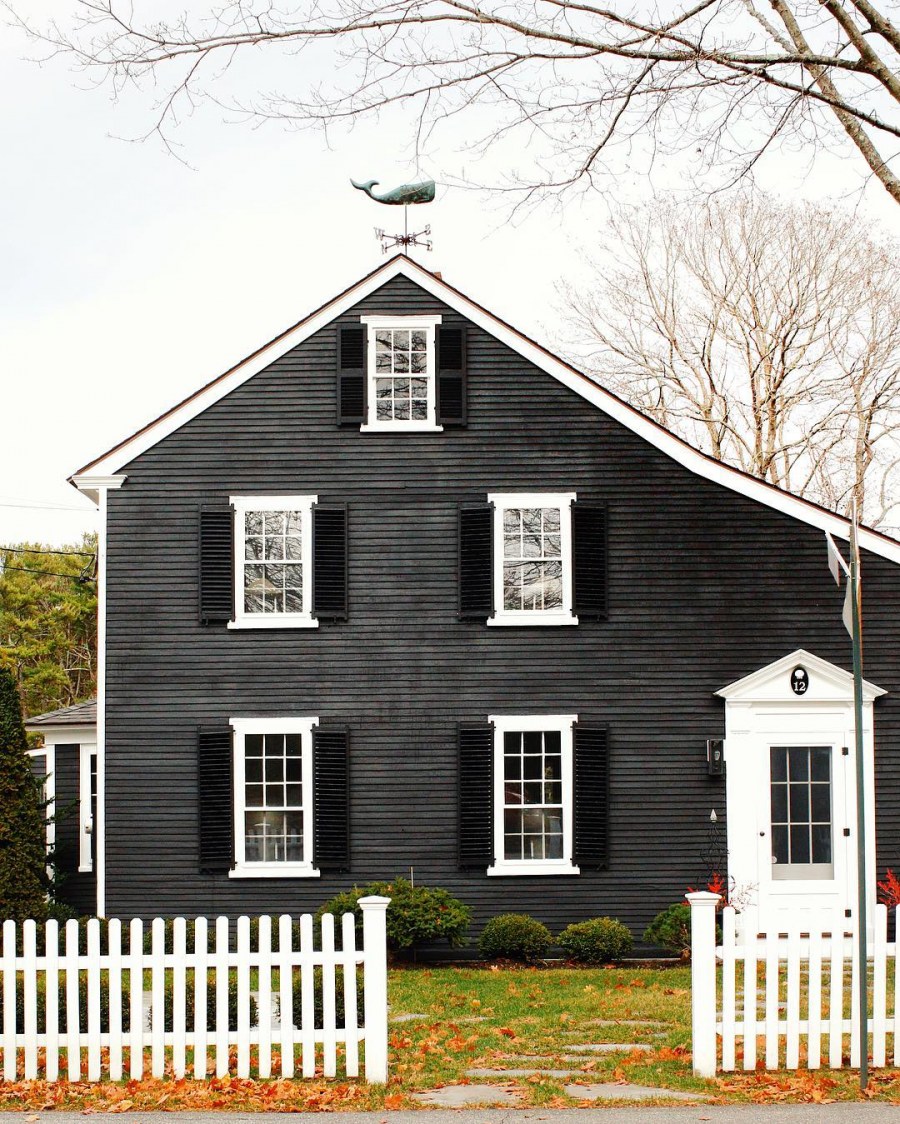
In the finished samples, a special node is found, thanks to which the wind pointer is able to easily move and improve the accuracy of the entire device.
Mounting the pointer in the chimney
Before you make a weather vane for a chimney pipe, you must make sure that a reliable protective cap is present. In its specific places, holes are drilled with a drill for the installation of metal brackets.
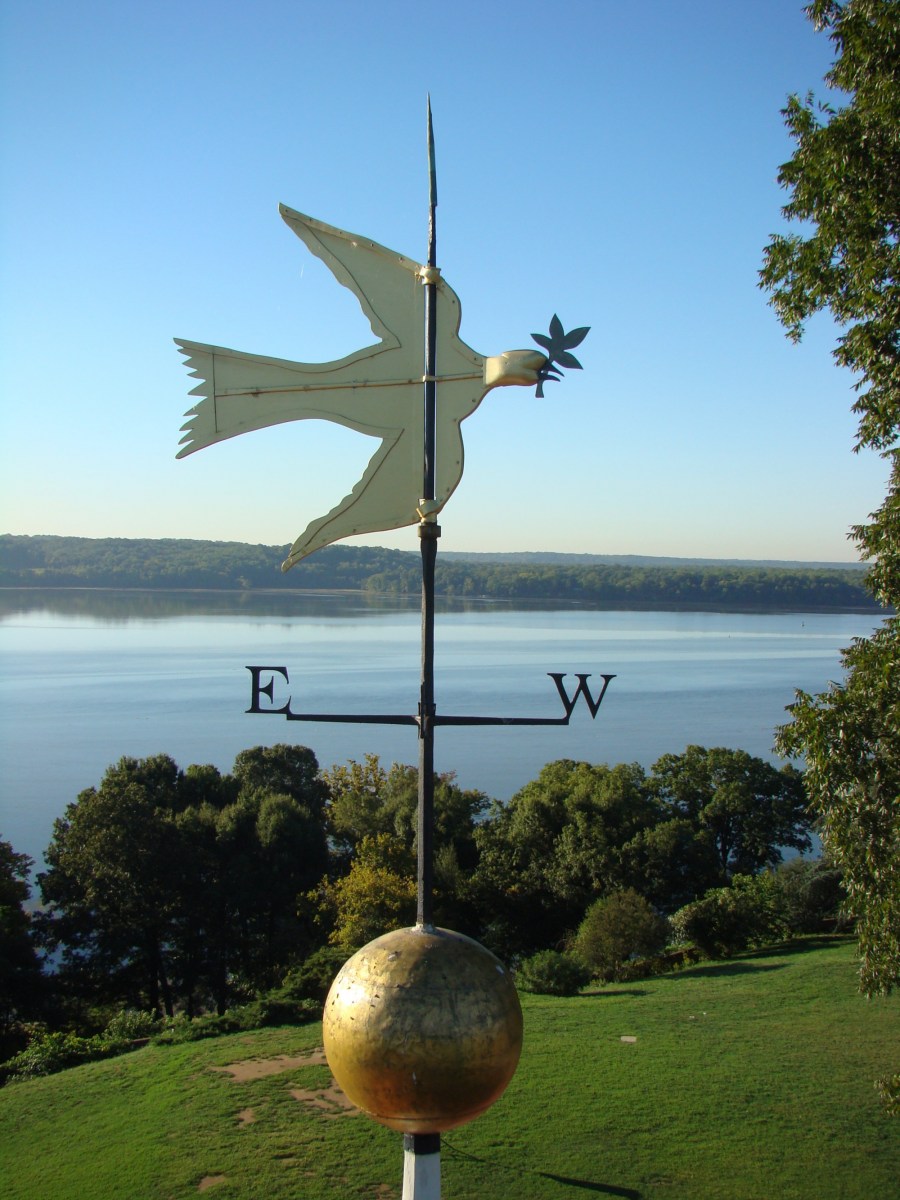
The main construction of the device is reliably attached to them. This combination provides free rotation of the body and deflectors, eliminating the likelihood of air moving back into the pipe. Then solid fuel devices will begin to heat the home more efficiently due to improved traction.
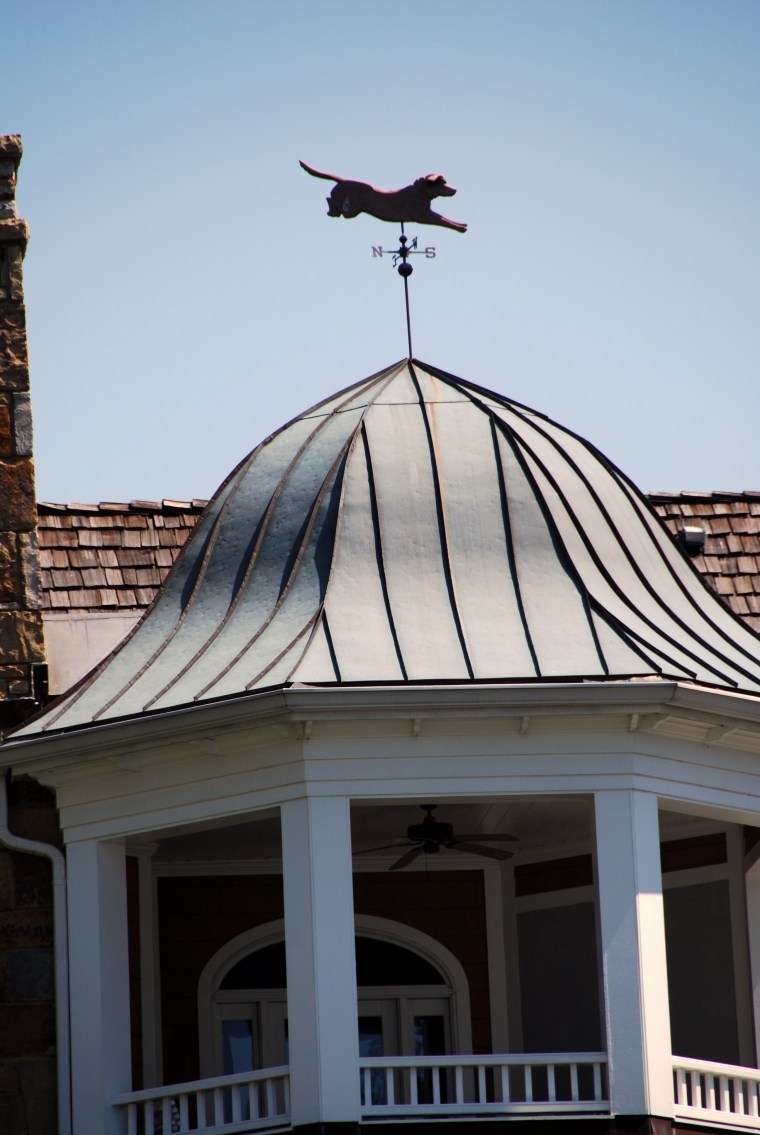
Weather vane photo

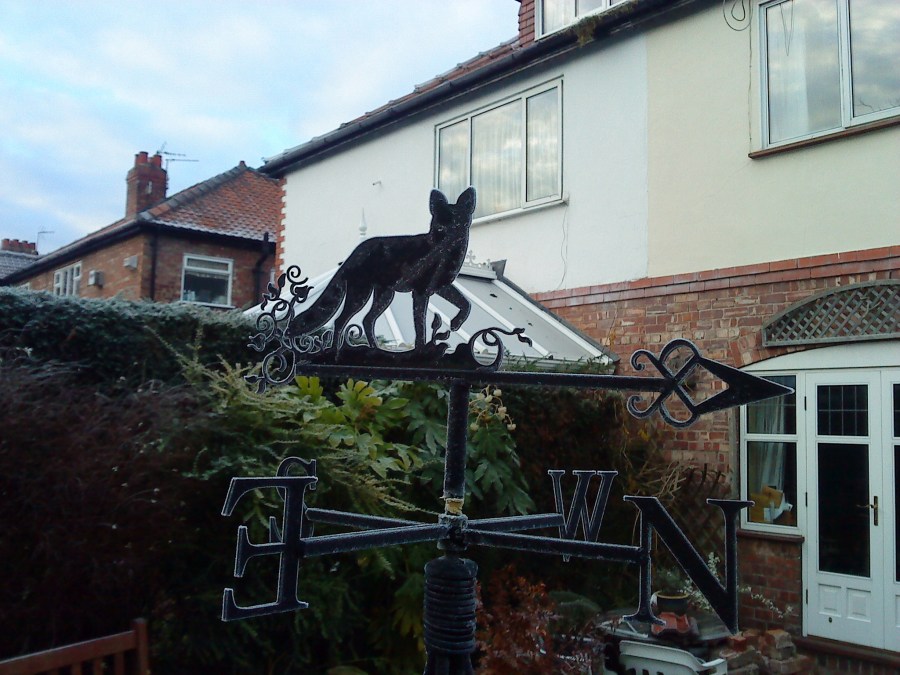

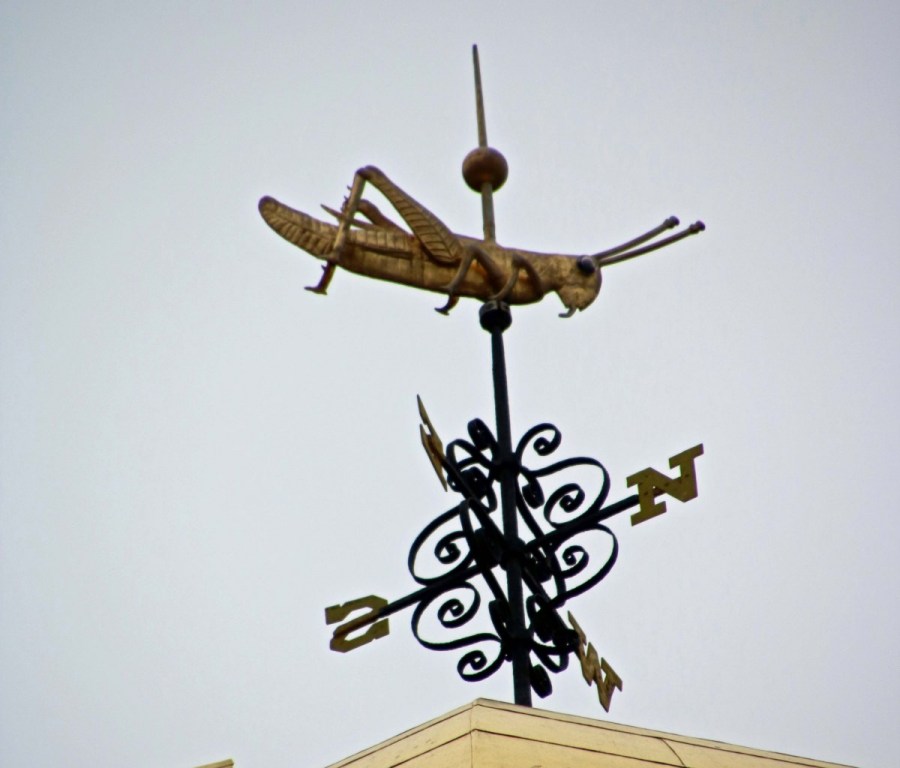
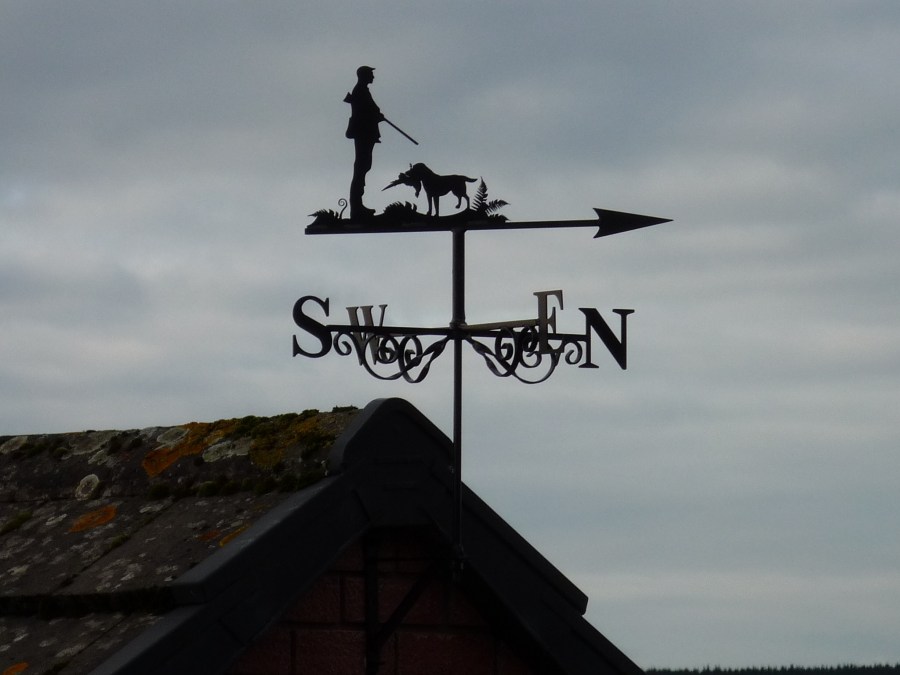
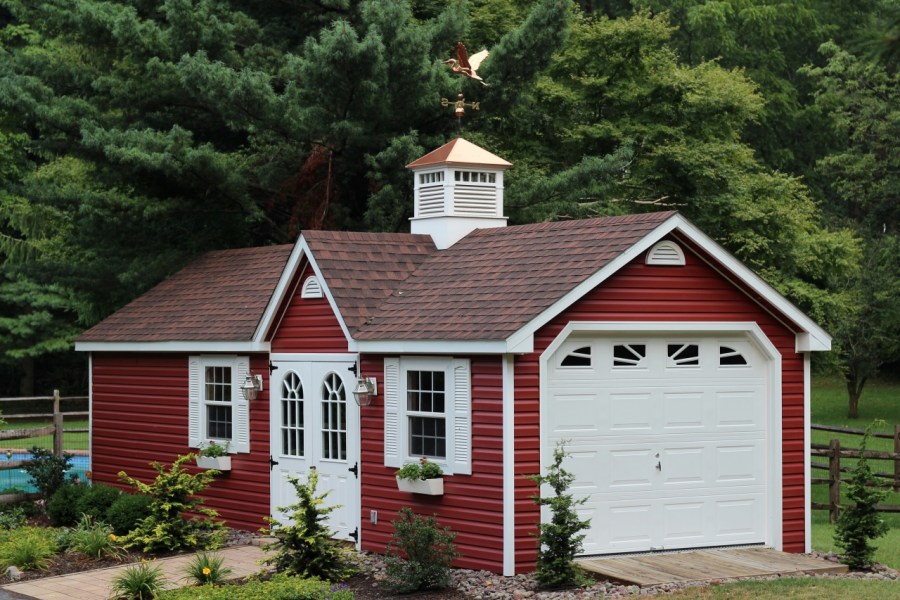
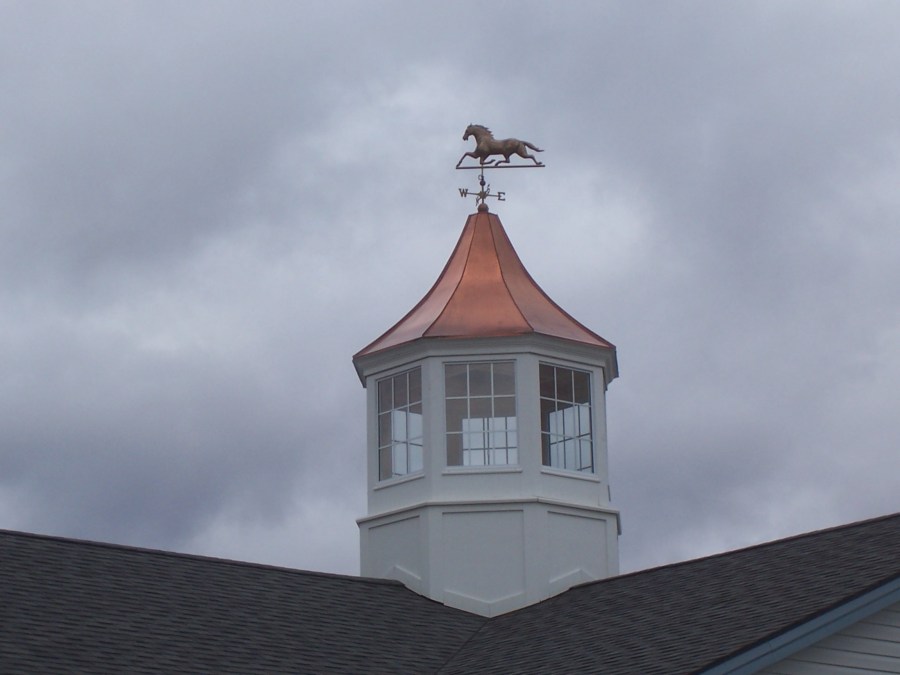

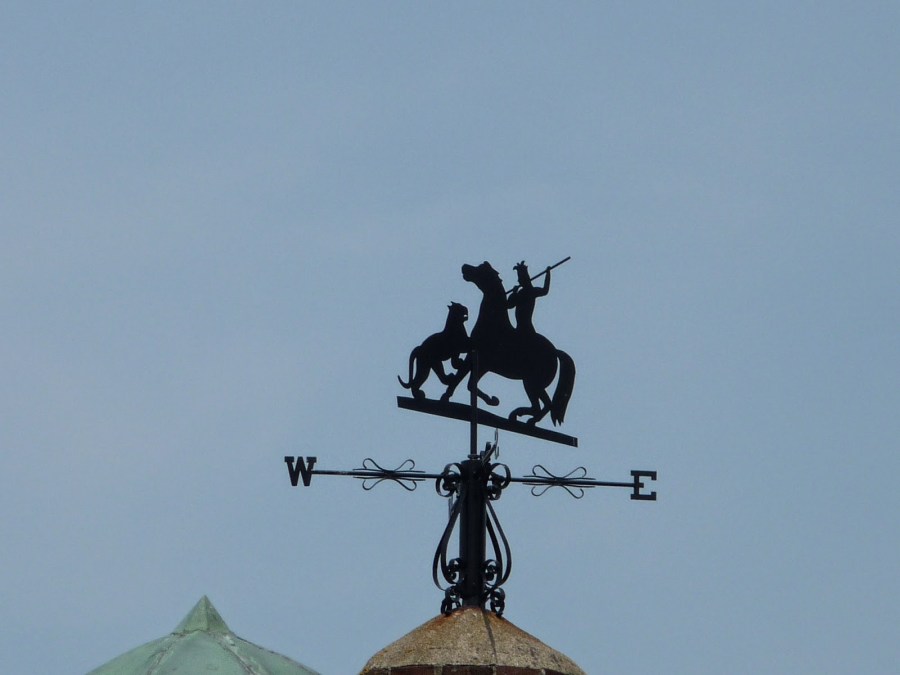


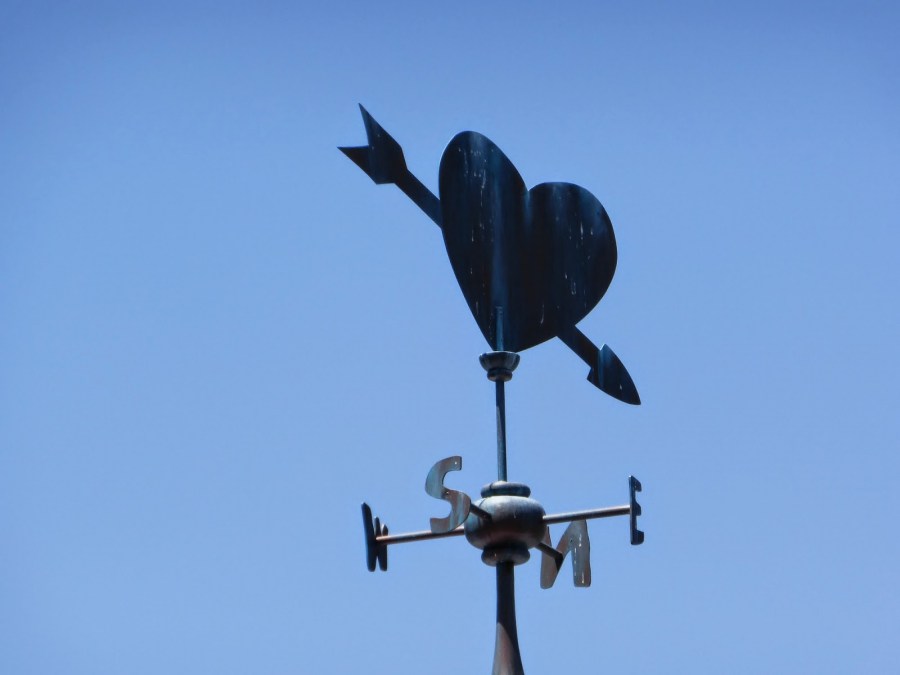

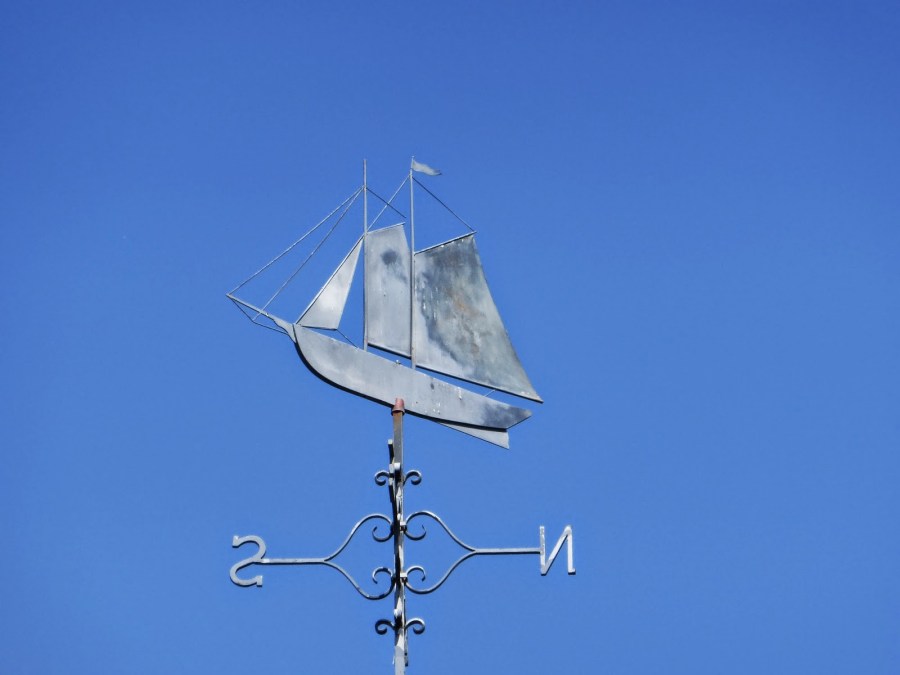
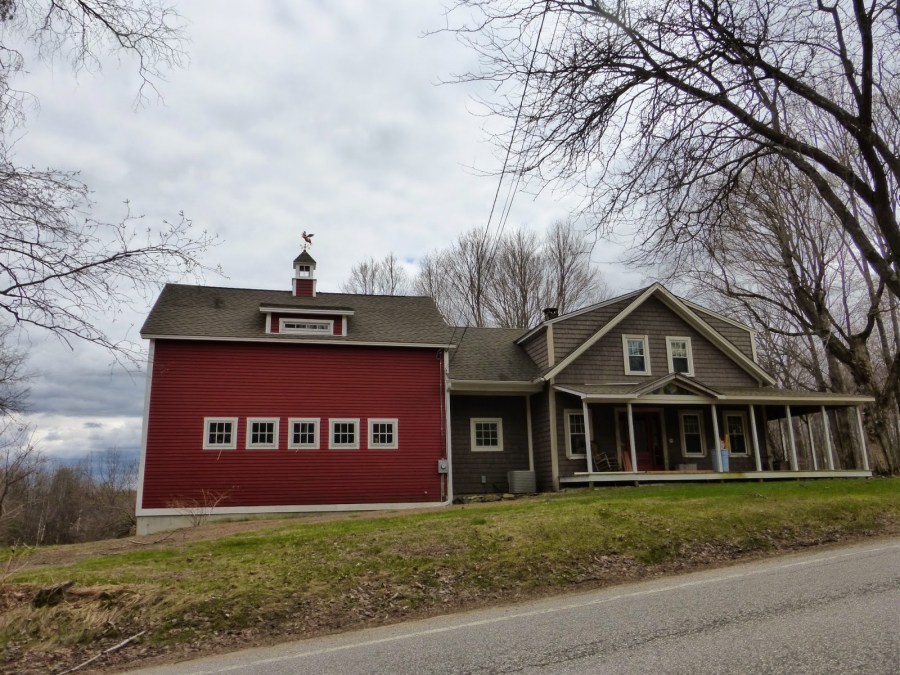

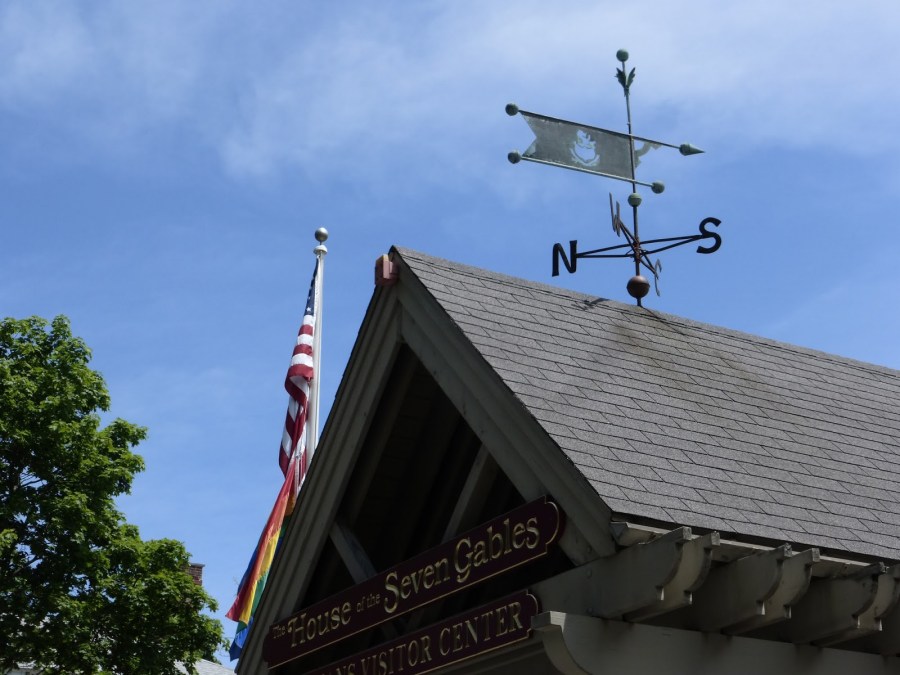
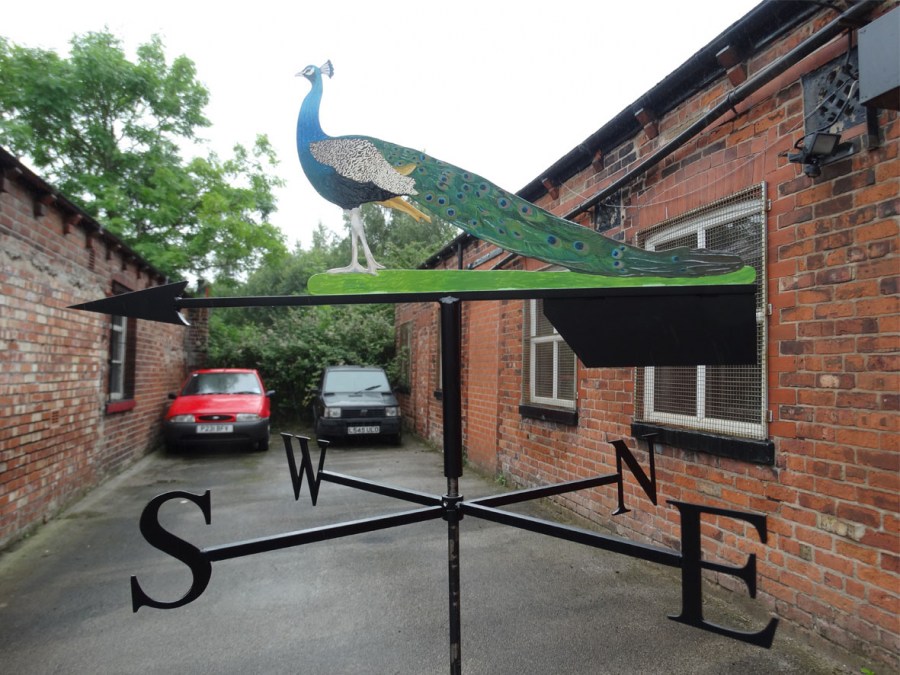

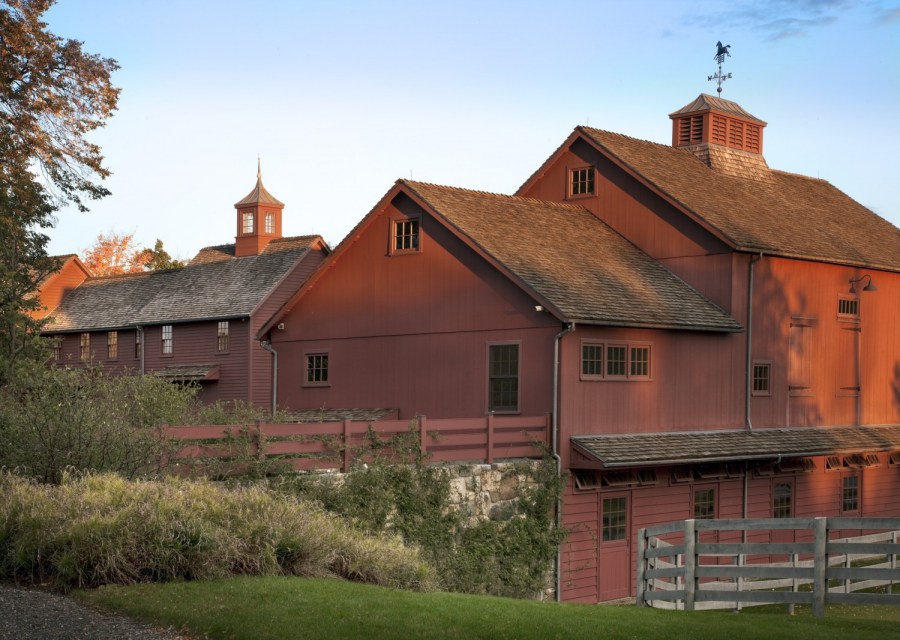
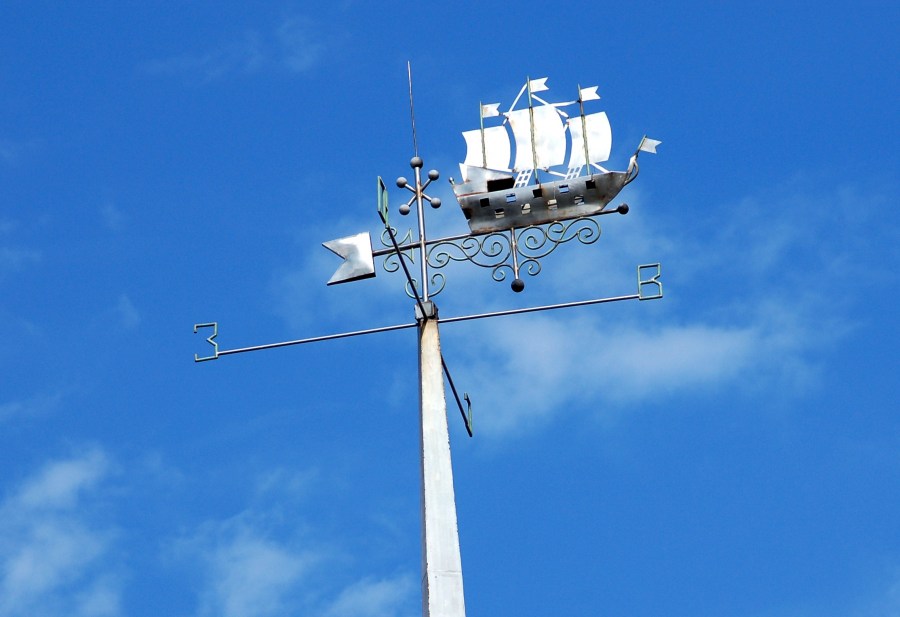
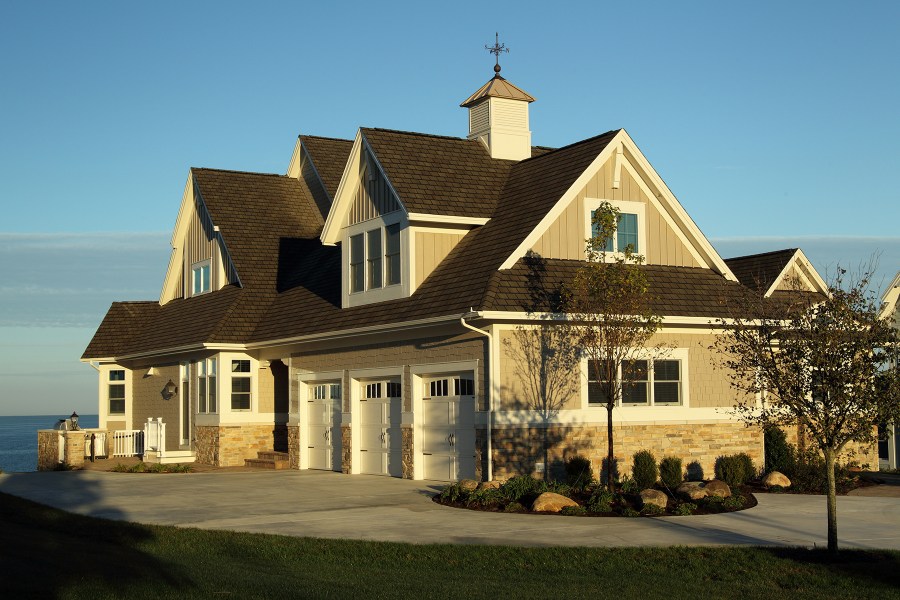

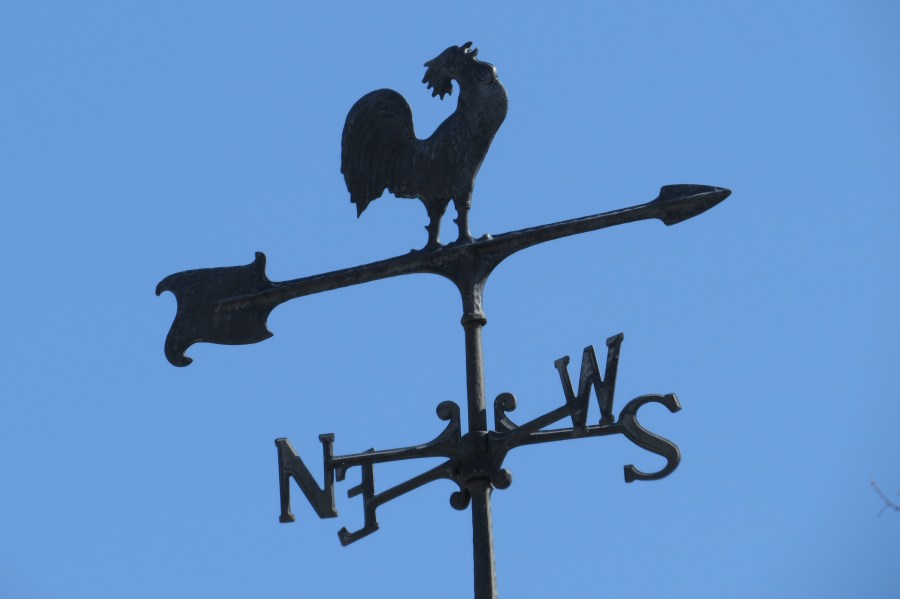
Facing - 115 photos of a beautiful design. Options for the best materials for cladding
Garden paths - 120 photos of interesting ideas from stone, metal, wood and plastic
Join the discussion:
